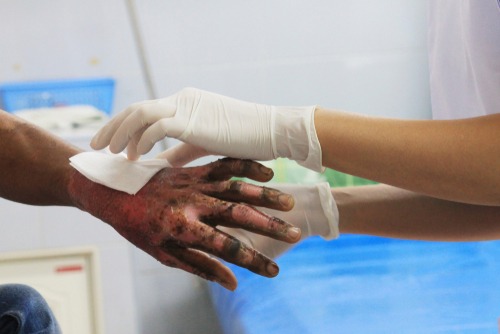In addition to the primary effects of burn injuries, people also sometimes suffer secondary complications. Motor vehicle collisions, chemical exposures, fires and other accidents may cause burns. The effects of such injuries may cause widespread damage and, in some cases, death.
Understanding the potential complications of burn injuries may help those who suffer from them to receive the medical treatment they need.
Common burn effects
According to MayoClinic.org, the effects of burn injuries depend on factors such as the depth of the skin damage. First-degree burns affect the outer layer of skin only, while second-degree burns impact the skin’s outer and second layers. Third-degree burn damage extends beyond all the skin layers to the tissues and fat layer below.
Bone and joint problems
Burns sometimes cause bone and joint issues. Damage from these types of injuries often leaves scar tissue. As a result, the muscles, tendons or skin may shorten, which may cause movement, mobility and other such issues.
Hypothermia
When people suffer deep or widespread burn injuries, it commonly causes their body temperatures to drop dangerously low. Hypothermia may affect people’s organ function and lead to death without appropriate and effective treatment.
Infections
According to the National Library of Medicine, secondary infections sometimes result from burn injuries. Sepsis and other such infections may have serious effects, including causing shock or death.
Burns may cause physical and internal damage, affecting people’s lives in the present and the future. Those who suffer such injuries due to accidents caused by another’s negligence or recklessness may consider pursuing options to recover compensation for their losses, including medical expenses and lost wages.
